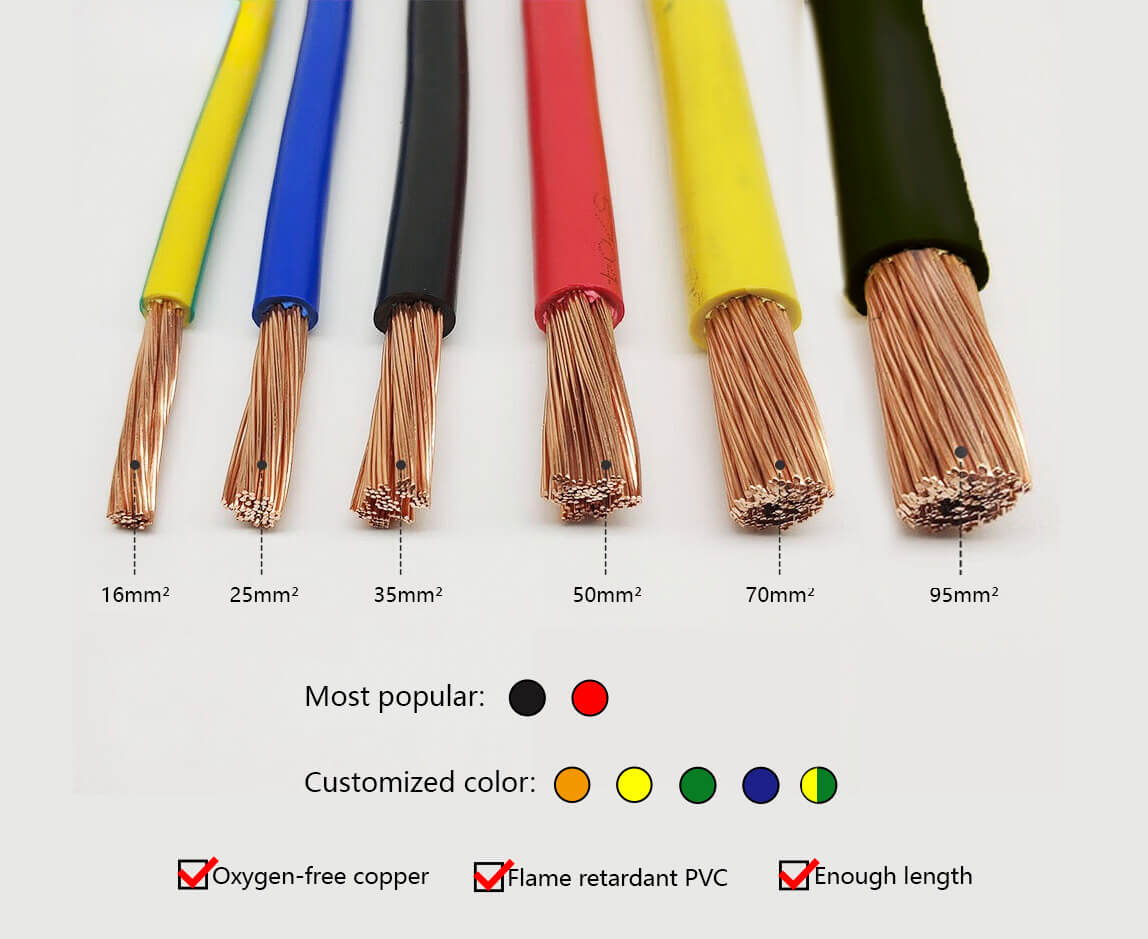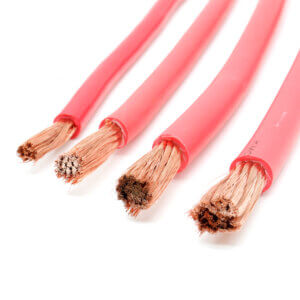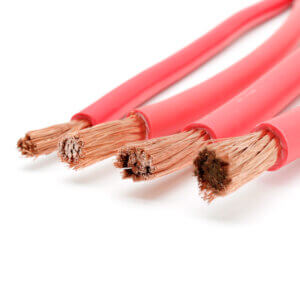How to Choose Cables
Whether you are renovating a home, upgrading an old one, or handling a factory project, selecting the right cable is crucial. Good cable ensures proper setup and communication safety, while poor choices can lead to unnecessary costs and future risks. To avoid issues, some people rely on builders to handle the selection, but this can leave you uncertain. How should you choose the right cable? What are the key specifications to look for?
The Main Points of Cable Selection
- Marking:
Always opt for cables with certifications like CE, RoHS, or UL. You can usually find these marks printed on the cable’s surface. - Insulation:
High-quality cables generally have tight, smooth insulation. Poorer cables tend to have hard, uneven, or white insulation. Additionally, ensure that the copper core and the outer layer are tightly wrapped. If the outer insulation is difficult to peel off, the cable is likely to be of better quality. - Copper Conductor:
The larger the copper conductor, the better the cable quality. Copper can be identified by its reddish color, whereas brass is more yellowish. Copper is softer, while brass is harder. Avoid copper-clad aluminum conductors, which only have a thin copper coating over aluminum. These cables heat up quickly and can cause short circuits.

The Main Points of Wire Diameter Selection
Cable sizes are typically measured in square millimeters (sq mm) or AWG. Some manufacturers use millimeters (mm) for measurement. For instance, a 4mm cable has a cross-sectional area of 4 sq mm.
- Common home wiring sizes: 1.5, 2.5, 4, and 6 sq mm.
- Factory wiring sizes: Depending on the use case (communication, motor power, etc.), the range can go from 0.25 to 70 mm².
If you’re unsure which size to choose, feel free to contact our experts for guidance.

Key Points for Cable Purchase
- Color-Coded for Different Uses:
Use distinct colors for different cables to simplify construction.- Fire wire: Usually red or brown.
- Zero wire: Blue, green, or black.
- Earth wire: Yellow-green.
- Inspect the Insulation:
If possible, check if the insulation is centered. Thin insulation may break under high current loads. You can also test the cable by repeatedly bending it to ensure flexibility without cracking. Additionally, you can briefly light a section with a lighter to see if it resists open flames.
Recommended Suppliers
China has many reputable cable suppliers offering professional services and competitive pricing. Consider the following suppliers for your cable needs:
For the best prices and reliable service, feel free to consult KMCABLE as well!




